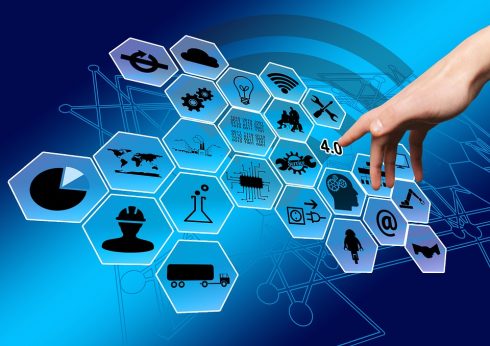
Many digital business projects create data that can be processed more efficiently when the computing power is close to the thing or person generating it. Edge computing solutions address this need for localized computing power.
Gartner defines edge computing as solutions that facilitate data processing at or near the source of data generation. For example, in the context of the Internet of Things (IoT), the sources of data generation are usually things with sensors or embedded devices. Edge computing serves as the decentralized extension of the campus networks, cellular networks, data center networks or the cloud.
Although edge computing offers benefits of localized action and control, it introduces operational complexity that is unprecedented. IT infrastructure and operations (I&O) leaders tasked with managing these solutions should ensure that they have balanced the risks against the delivery of business value.
As the volume and velocity of data increases, so too does the inefficiency of streaming all this information to a cloud or data center for processing. In these situations, there are benefits to decentralizing computing power, to placing it closer to the point where data is generated — in other words, to pursuing edge computing. Rapid deployment of IoT projects for a variety of business, consumer and government use cases is driving this development.
Currently, around 10% of enterprise-generated data is created and processed outside a traditional centralized data center or cloud. By 2022, Gartner predicts this figure will reach 50%.
Use Cases
Edge computing solutions can take many forms. They can be mobile in a vehicle or smartphone, for example. Alternatively, they can be static — such as when part of a building management solution, manufacturing plant or offshore oil rig. Or they can be a mixture of the two, such as in hospitals or other medical settings.
The capabilities of edge computing solutions range from basic event filtering to complex-event processing or batch processing.
A wearable health monitor is an example of a basic edge solution. It can locally analyze data like heart rate or sleep patterns and provide recommendations without a frequent need to connect to the cloud.
More complex edge computing solutions can act as gateways. In a vehicle, for example, an edge solution may aggregate local data from traffic signals, GPS devices, other vehicles, proximity sensors and so on, and process this information locally to improve safety or navigation.
Even more complex are edge servers, such as those found in next-generation (5G) mobile communication networks. Servers deployed in 5G cellular base stations will host applications and cache content for local subscribers, without having to send traffic through a congested backbone network.
In especially complex applications, edge servers can form clusters or micro data centers where more computing power is needed locally. Examples can be found in offshore oil rigs and retail outlets.
Risks
Edge computing is a rapidly evolving technology. As with any new technology, evaluating, deploying and operating an edge computing environment, carries its own risks. Risks come in many forms, but a key one relates to security.Extending your footprint using edge computing exponentially increases the surface area for attacks. A nascent vendor landscape compounds this risk. Unsecure endpoints are already used in distributed denial-of-service attacks or as entry points to core networks.
Another concern is that the cost of deploying and managing an edge computing environment can easily exceed the project’s financial benefits. Moreover, projects can become victims of their own success — scalability can become a serious issue as IoT endpoints proliferate.
Additionally, implementing edge computing can impact well-established data center system management practices. Routine tasks, such as provisioning, monitoring, change management and decommissioning, have well-defined policies. IT operations leaders tasked with the additional responsibility of managing edge infrastructures may have to modify existing policies and frameworks to include the edge infrastructure. Policies applicable to data centers may not be applicable to edge infrastructure. Extending these existing practices and capabilities across a multitude of locations, some mobile, and many more dynamic than the steady-state physical data centers of the past, is an immense challenge.
Edge computing has enormous potential to enable digital initiatives supported by IoT, but I&O leaders need to tread carefully.
Santhosh Rao is a Research Director at Gartner, Inc., where he provides strategic advice to IT leaders on IT infrastructure and IoT.








